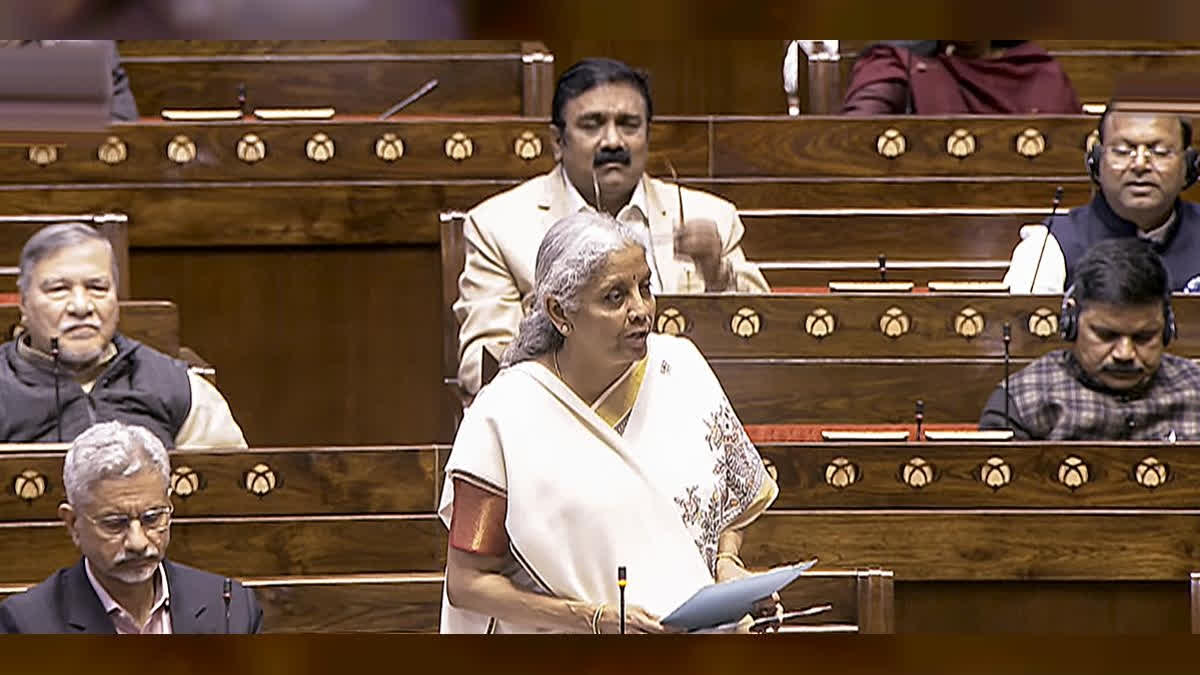By Krishnanand
New Delhi:Finance Minister Nirmala Sitharaman Saturday presented a record budget of more than Rs 50 lakh crores (INR 50,65,345 crores) for the next financial year beginning on April 1, an increase of nearly Rs 3.49 lakh crores or over 7.3 per cent over the revised estimates for the current financial year’s budget which has been estimated at Rs 47,16,487 crores.
It means that the government proposes to spend over 50.65 over the next 12 months beginning in April this year on various development and welfare-related schemes and also in payment of salary, pension and wages, including on its other liabilities such as interest payment etcetera on the loans taken by the government earlier.
Under Article 112 of the Indian Constitution, the Union Government is required to present estimates of its total expenditure and receipts for a financial year to the Parliament which is known as the Annual Financial Statement (AFS) or the Union Budget.
How does the FM propose to fund this huge amount?
There are three key sources of government expenditure funding. First source is taxes and duties which include both direct and indirect taxes such as income tax, corporate tax, GST, customs and excise duties. The second source is the loans to be taken by the government, this is the second biggest source of budget funding after the taxes and duties, the third source is non-tax revenue of the Centre such as dividends and profits from the public sector undertakings, and recovery of loans.
Of the three main sources of the budget funding, more than 28.37 lakh crores of the total requirement of 50.65 lakh crore rupees, or some 56 per cent will come from the government’s own taxes and revenues.
Nearly one-third budget will be financed through loans
However, in a worrying trend, some 31 per cent or more than Rs 15.69 lakh crore will be arranged by borrowing money from markets and other sources. In other words, in order to meet nearly one-third of the proposed budgeted expenditure of Rs 50.65 lakh crore will be arranged by the government by taking loans.
Fiscal Deficit is the difference between total budgeted expenditure of the central government and its total receipts, excluding debt-capital receipts. It is reflective of the total borrowing requirement of the Government. In other words, the total borrowing requirement of the Centre in a year are called fiscal deficit and it is given in the budget documents as a per cent of the country’s gross domestic production (GDP) of the goods and services, and also in absolute numbers.
